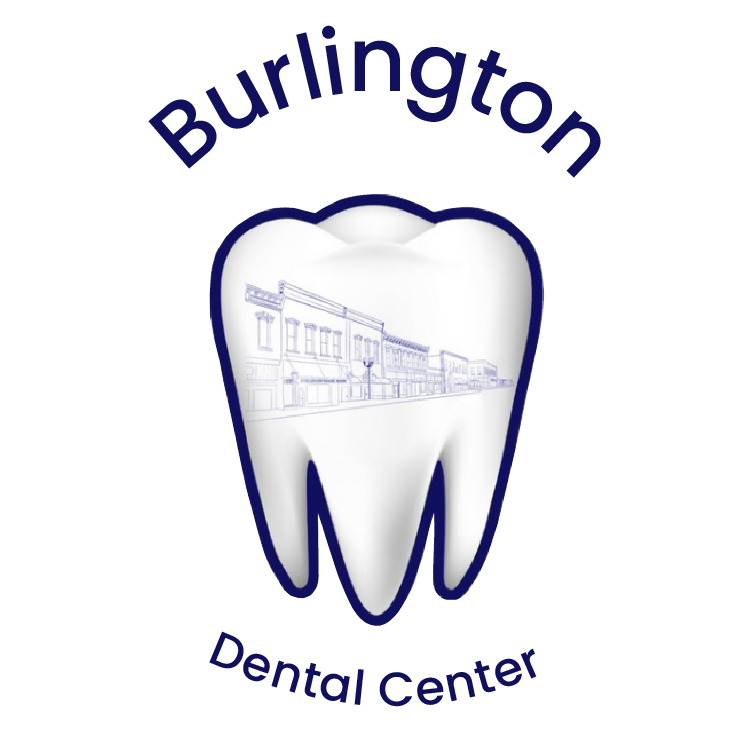Contrary to what some patients might believe, dentists no longer use Novocaine for numbing.
Today, dentists primarily use a range of other local anesthetics like Lidocaine, Septocaine, Mepivacaine, and Prilocaine.
Here's a closer look at how these numbing agents work.
What Do Dentists Use to Numb?
Topical Anesthetic Gels
Before the injection of a local anesthetic, many dentists apply a topical anesthetic gel. This gel, usually benzocaine or lidocaine, is rubbed onto the gums to reduce the discomfort of the injection. Some dental practitioners use a spray or solution instead, but these have a similar effect.
Local Anesthetics
The local anesthetic (lidocaine, septocaine, prilocaine, etc.) is administered with a straight syringe and a fine needle - usually 25, 27, or 30 gauge. The small size of these needles helps to minimize discomfort.
In some instances, a different syringe resembling a 'gun' might be used. This is known as an intraligamental syringe, used in specific cases.
Additional Numbing Options
Aside from the conventional approach, some dentists and hygienists use "Oraqix," a lidocaine and prilocaine gel. This offers a higher level of numbing than a topical anesthetic and doesn't require an injection.
**Nitrous Oxide (NOT a means of numbing)
While nitrous oxide, also known as "laughing gas," is used in dentistry, it's not a numbing agent. Rather, it's used to help patients relax during procedures.
The Role of Epinephrine
Most local anesthetics contain a small concentration of epinephrine.
Epinephrine works to constrict blood vessels, which slows down the absorption of the anesthetic. This extends the duration of the anesthetic's action, allowing for a more comfortable procedure.
Nerve Block vs. Local Infiltration Injections
There are two main types of injections: nerve block and local infiltration.
A nerve block injection numbs an entire region of your mouth
A local infiltration injection numbs a smaller, specific area.
Risks and Allergies
Anesthetic allergies are extremely rare. However, some people may experience adverse reactions, often due to the added stabilizers in the anesthetic (such as sodium metabisulfite and citric acid). If you've previously had a reaction to an anesthetic, be sure to inform your dentist.
Some patients report feeling jittery or shaky after receiving anesthetic. This is often due to the epinephrine, which can stimulate your heart and cause a brief period of heightened alertness or anxiety.
How Long Does the Numbness Last?
Typically, numbness from local anesthetics lasts for several hours. This duration can vary based on the type of anesthetic used and the individual's metabolism.
How Does Anesthetic Work?
Local anesthetics work by blocking nerve signals in your body. When your dentist injects the anesthetic, it numbs the surrounding area, preventing the nerves from transmitting signals of pain to the brain.
Final Thoughts
Dentistry has come a long way in terms of patient comfort, with a range of advanced numbing agents replacing the use of Novocaine.
Today's anesthetics, like Lidocaine and Septocaine, effectively reduce discomfort during dental procedures. These, combined with techniques such as topical anesthetic gels, aim to make your visit to the dentist as painless as possible.
FAQs
What do dentists use to numb now?
Dentists now use a range of local anesthetics like Lidocaine, Septocaine, Mepivacaine, and Prilocaine. In many cases, a topical anesthetic gel is applied before the injection to minimize discomfort.
What do dentists inject to numb your mouth?
Dentists inject local anesthetics into your mouth to numb the area where they will be working. This typically includes Lidocaine, Septocaine, Mepivacaine, or Prilocaine, often mixed with a small amount of epinephrine to prolong the anesthetic's effect.
Why don't dentists use Novocaine anymore?
Novocaine fell out of favor in dentistry due to its higher risk of allergic reactions and side effects compared to newer anesthetics. Today's anesthetics are also more effective and last longer.
Do fillings hurt without an injection?
The discomfort you feel during a filling procedure without an injection depends on the depth of the cavity and your individual pain tolerance. However, most dentists prefer to use anesthetic to ensure patient comfort.
Can a dentist fill a cavity without Novocaine?
Yes, a dentist can fill a cavity without Novocaine. However, most dentists prefer to use an anesthetic to numb the area and minimize any potential discomfort during the procedure.
* Though the author of this post is a licensed dentist in the state of Kansas, this information is provided for informational and educational purposes only. Please use your best judgment and contact emergency medical services in the event of an emergency.

